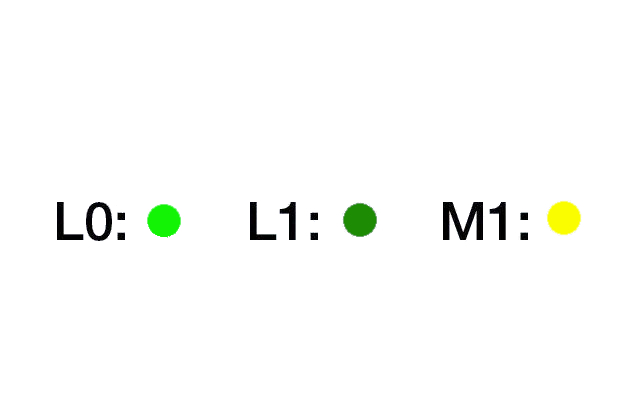
Increase in the oxidizability of an alloy by mixing in elements with high affinity to oxygen. If, for example, a copper-tin alloy with 20% tin content is left to oxidize, a dense coating of ZnO forms on the surface of the oxide layer because the oxygen-affine tin diffuses toward the oxidation layer and the contact surface with the air (see Figure (a)). Thus further oxidation of the base material is prevented. Figure (b) shows the formation of a multiple oxide layer with a high content of base metals in alloys containing iron together with Al, Si, Cr, etc., making the material oxidation - resistant as a whole. The advantages of this process of layer formation make it especially useful in connection with stainless steel.
Sn-Pb solder alloys with added bismuth form a Bi 2 O 3 layer that facilitates visual inspection due to its dull color. This is also due to the selective oxidation of bismuth. A similar layer of zinc oxide is formed on silver -tin alloys by heating, counteracting the formation of silver sulfide on the surface and the blackening by sulfuric acid gas. If solder alloys contain zinc, the same process of selective oxidation takes place and zinc oxide will cover the metal. However, since the ZnO shell is mechanically sensitive, such an alloy is bad for soldering.


